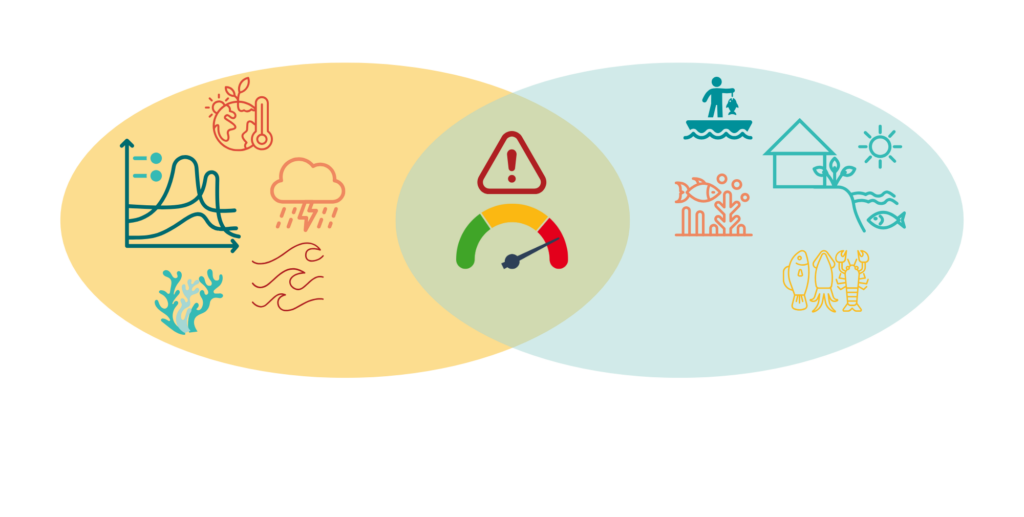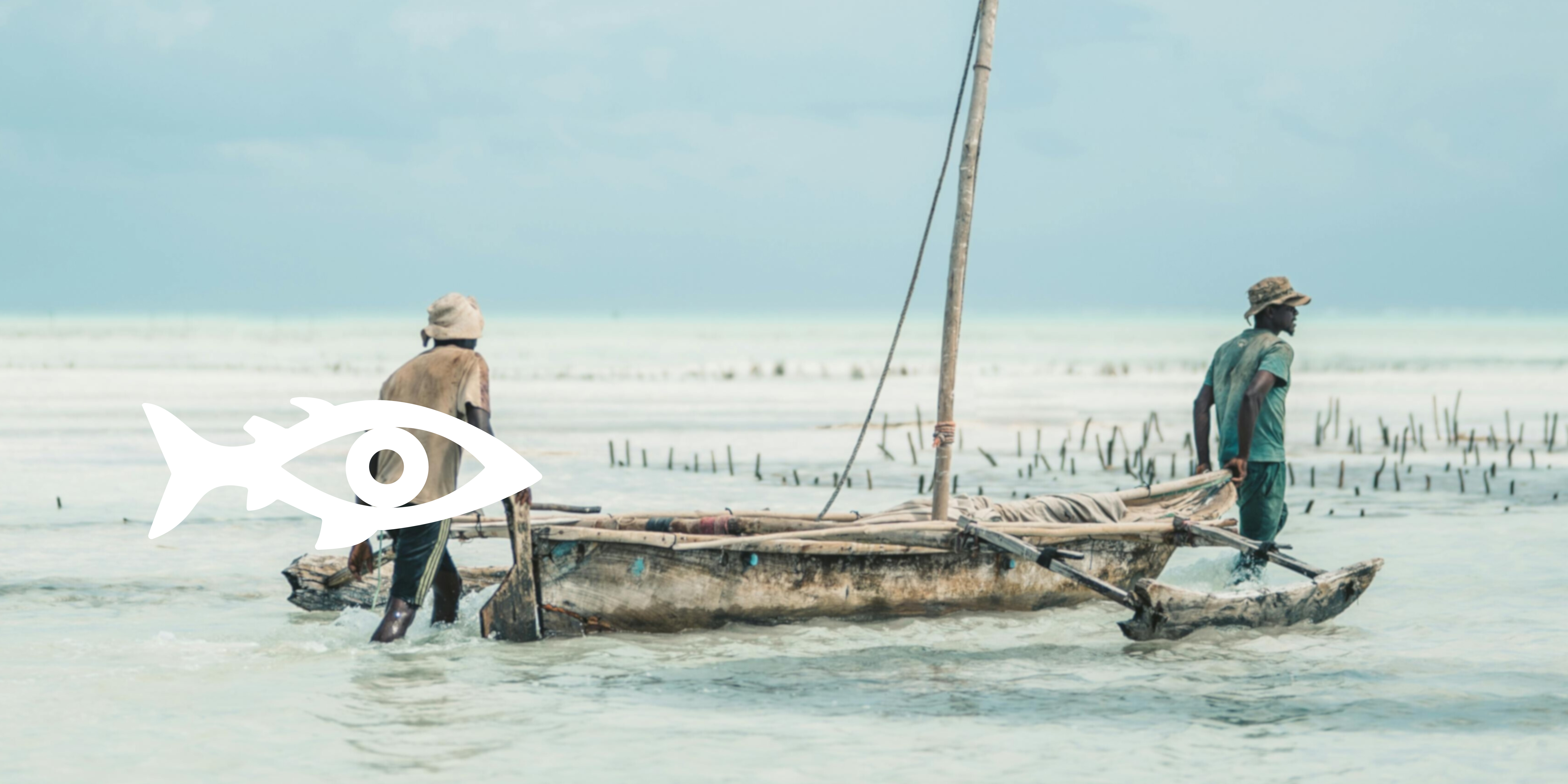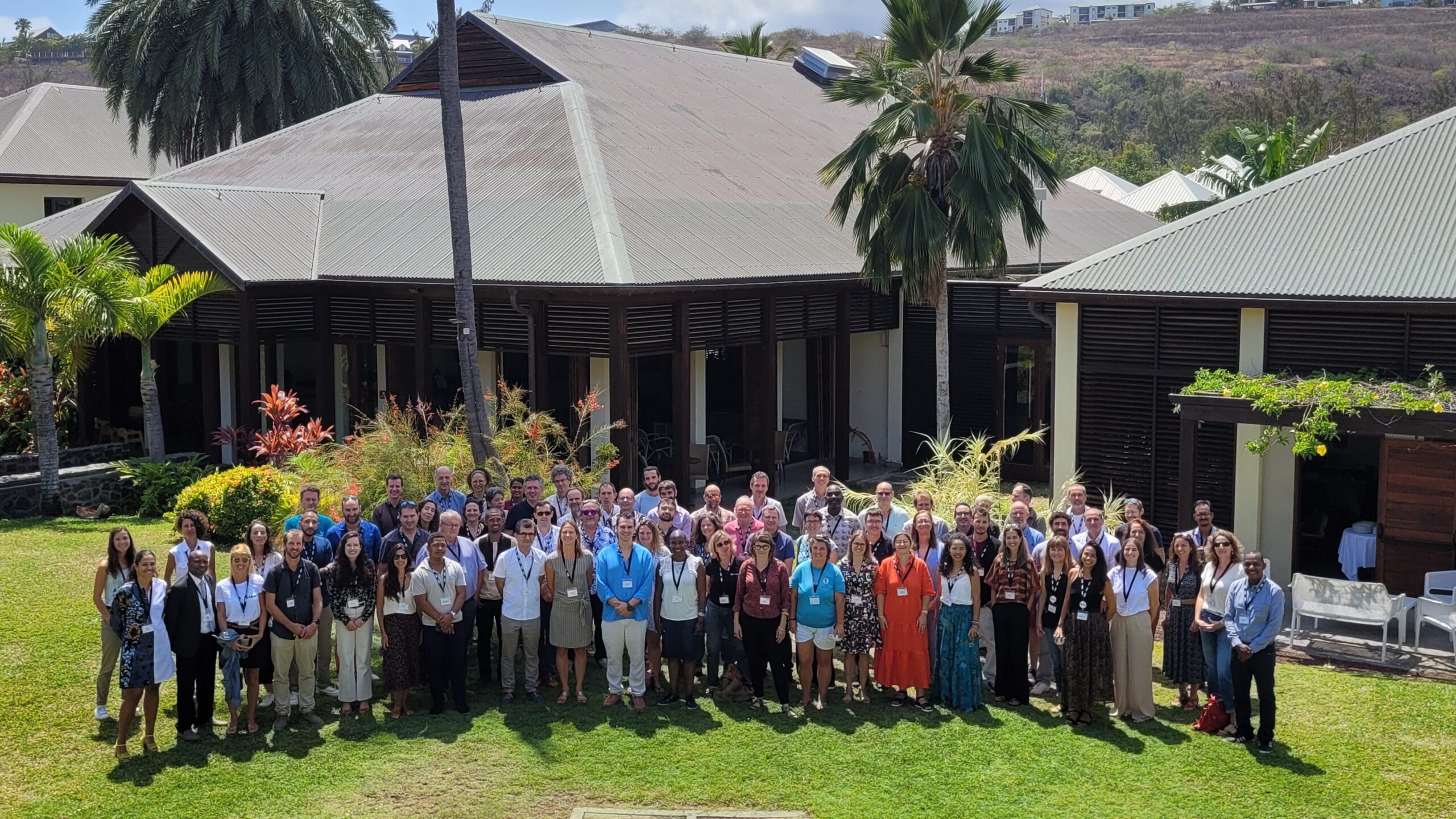
UNDERSTANDING BRIDGES RESILIENCE
Risk and resilience in the face of climate change: understanding in order to act
Assessing risk and maximising resilience
The resilience of a social-ecological system is ‘its capacity to absorb disturbances of natural or human origin and to reorganise itself so as to maintain its functions and structure’ (Mathevet & Bousquet, 2014).
In order to measure the challenges associated with this resilience, we need to understand and assess the risks to which territories are exposed. This risk depends on the hazard (probability of a disturbance over a given period at a given location, resulting from factors beyond human control) and the vulnerability to this hazard (exposure of stakes, human and environmental for example, to a source of danger).

Figure : Risk depends on hazard and vulnerability
Habitat evolution: past disturbances and their factors
RESILIENCE analyses the past trajectories of marine and coastal habitats, as well as socio-economic factors, using an archival and interdisciplinary approach combining remote sensing, interviews with the various stakeholders and a literature review. This method makes it possible to understand changes and losses in habitats (coral reefs, seagrass beds, mangroves) and to identify the factors that caused them, whether linked to climate, exploitation of resources, changes in markets or changes in governance.
Migration of exploited species: anticipating future changes
The current distribution of exploited species in marine social-ecological systems is not immutable: it is bound to change as a result of a number of factors. RESILIENCE uses Species Distribution Modelling (SDM) to map these future distributions as a function of the impacts of climate change and changes in habitats.
The project thus identifies the areas where species will migrate, and assesses the risks associated with invasive non-native species.
Risks and adaptation strategies for fisheries
On the basis of this knowledge, RESILIENCE maps the social-ecological risks for human societies and ecosystems and seeks to understand what adaptation strategies are possible. The work is being carried out in three areas:
- Risk indicators: RESILIENCE develops risk profiles summarising the hazards and vulnerability of each social-ecological system. To do this, it incorporates the impact of the displacement of the marine species exploited on fishing activities.
- Adapting fishing strategies: Small-scale fishing has shown considerable resilience in the face of change. Solutions have already been implemented by fishermen in response to migrations of target species (catches of new species, fishing techniques, etc.). To increase this resilience, the project assesses changes in catches and conducting surveys among fishermen to understand their perceptions of environmental change and identify possible additional adaptation strategies: adjusting fishing techniques, diversifying economic activities or moving to other sectors.
- Resilience of exploited species: Finally, the research team analyses the functional diversity (response capacity) of exploited fish communities to determine their resilience to the disturbances mentioned above. They also assess the influence and effectiveness of area-based management tools on conservation.
From research to support for public policy
Finally, RESILIENCE integrates all this data with existing public policies and strategies.
By cross-referencing the results of this risk assessment work with the responses to the surveys of fishermen and the analysis of public policies (carried out in the CO-CONSTRUCTION project), the RESILIENCE project is measuring the effectiveness of current adaptation strategies, including area-based management tools. It sets up collaborative workshops to identify the specific needs of the various stakeholders in the area. The knowledge that emerges feeds into the digital models and scenarios developed in BRIDGES AVATAR. This model/reality interaction enables spatial management proposals to be tested, simulated and enhanced.
Finally, the research work leads to policy recommendations for better integration of the risks associated with global change, and hence greater resilience.

More news News


